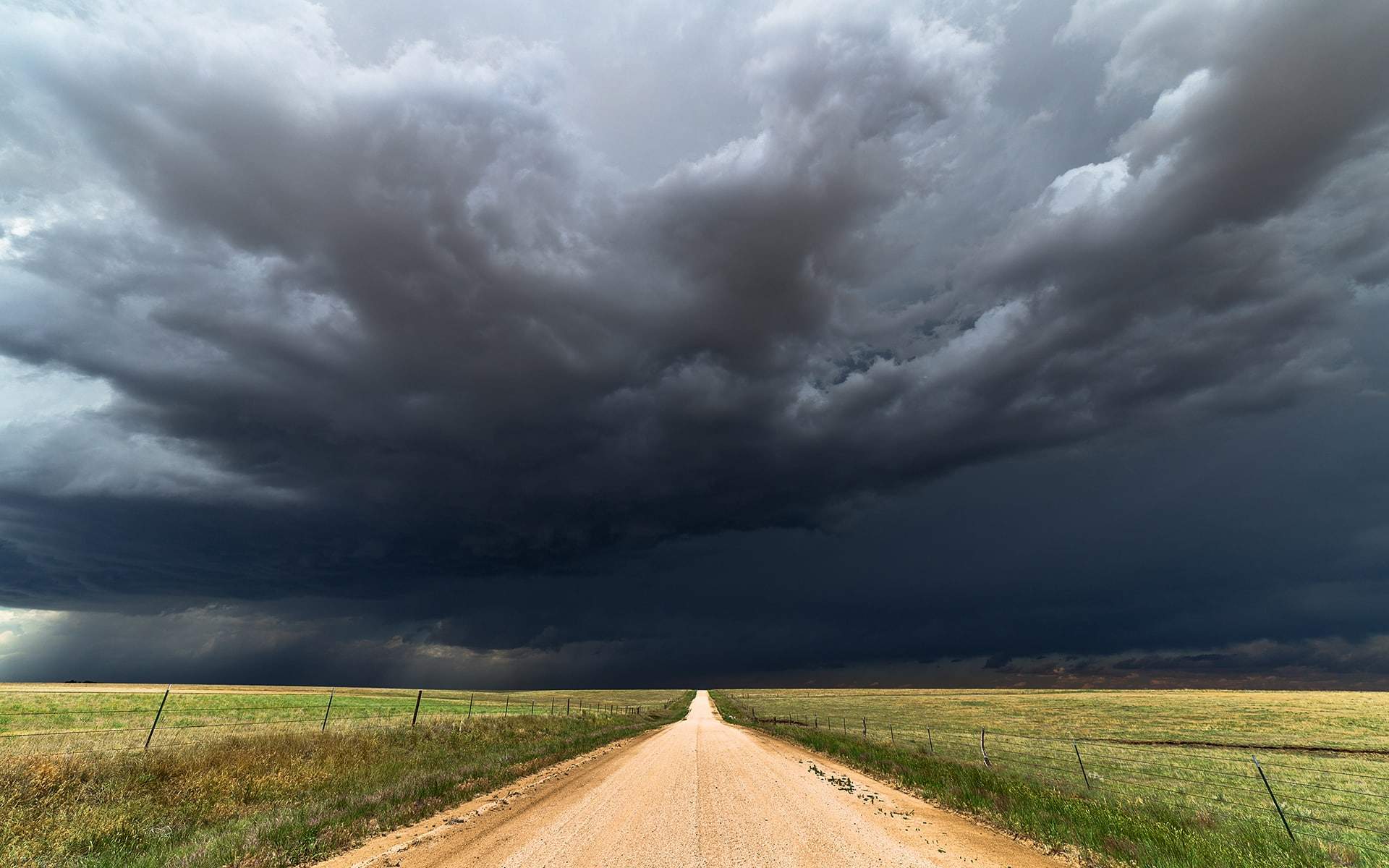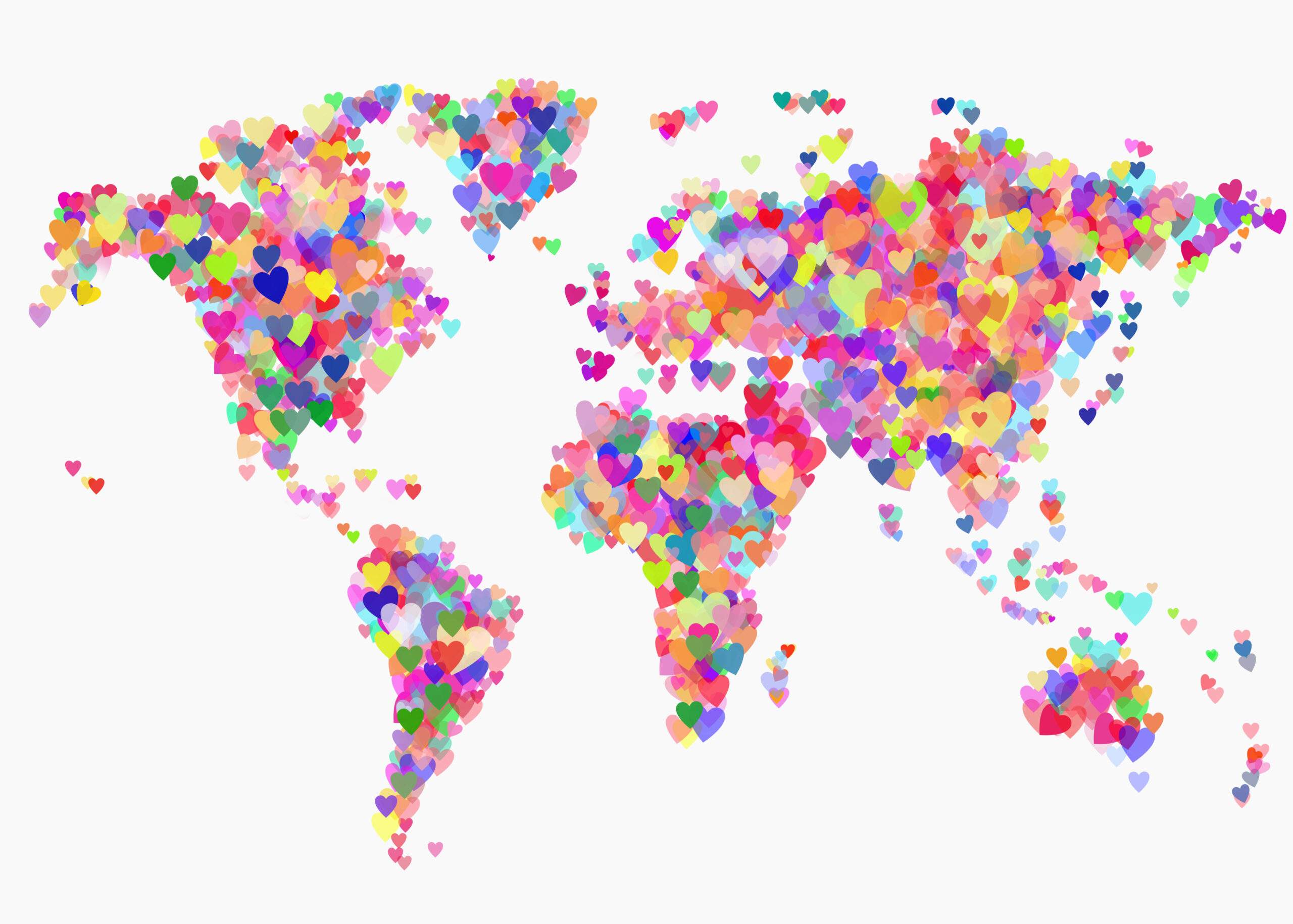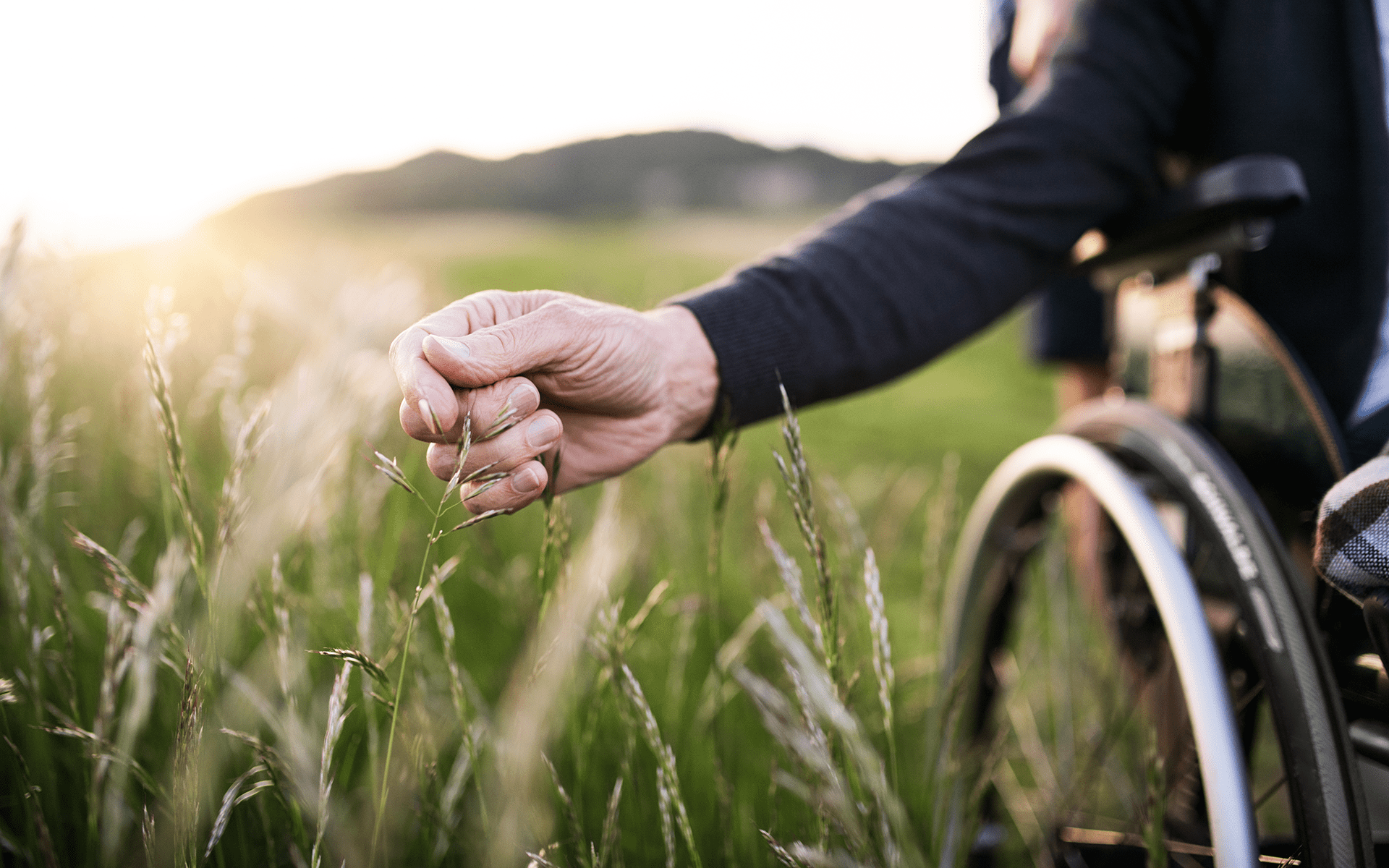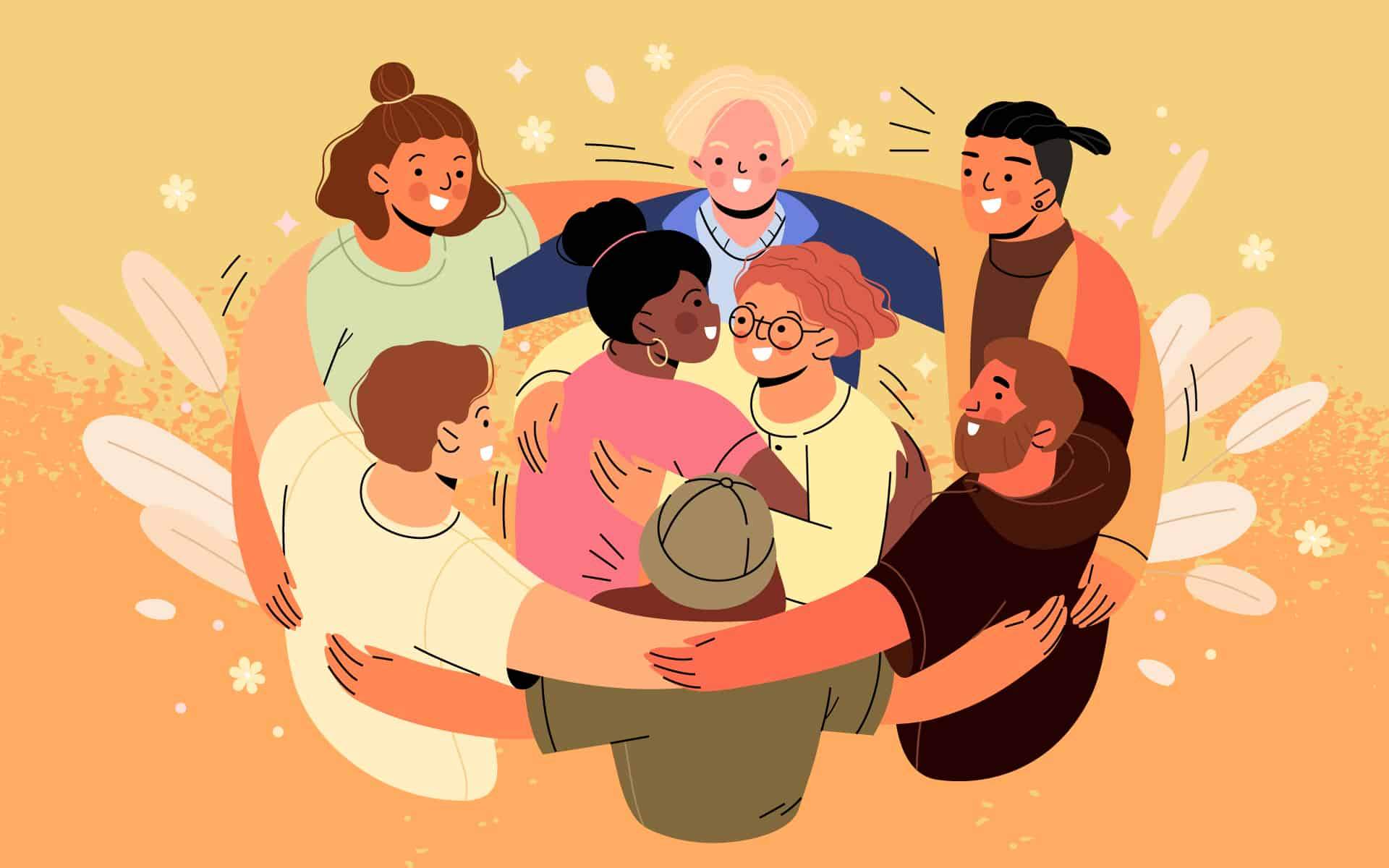Into every life a little rain must fall. So goes the cliché. I don’t know if the person who coined this phrase intended it as a massive understatement, but it definitely is. Over the span of a lifetime, for most of us, more than a little rain falls, metaphorically speaking. In my own case, I’ve been on the receiving end of several hurricanes and blizzards—storms that knocked out everything and stopped the flow of life in its tracks.
In the Great Blizzard of 1978, in Boston, I marveled at how a sudden cataclysmic event—two and half feet of snow in 24 hours—could bring things to a standstill. All roads were declared closed to non-emergency traffic and thousands of people skied and snowshoed on the normally car-choked streets.
In 2003, Hurricane Juan tore a path through my home city in Nova Scotia uprooting whole forests and transporting buildings and vehicles and piers and power lines to new locations. When it finally subsided and I could return to my top-floor office, I gazed at the sky through a roof that had been peeled off like the top of a sardine can. Rain poured in. On me, on computers, books, furniture, carpets. It puddled on the floor.
As I write now, people in various parts of the country and around the world have suffered fates much worse than what I experienced after that storm. More than a little rain has fallen into their lives. And even though every one of us have lived through storms, possibly many storms, somewhere in the back of our minds we persist in thinking we’ve seen the last of them.
Facing the Storms of Life
In fact, though, life brings us many storms, and not just the literal ones that come roaring at us from above and for which we usually have some warning from the weather people. They come in many forms. Our lives come to a standstill when we lose a loved one, when a close friend is rushed to the hospital, when our economic circumstances change, when someone decides they don’t want to be our partner anymore, when a child takes an unexpected turn into uncertainty and danger, when a new mother experiences post-partum depression. It’s a long list of perils. And no meteorologist on earth can predict them or gloss over them with pronouncements about sunny days ahead.
While it’s hard to truly live with a full understanding of vulnerability and changeability, we can learn a lot from paying attention to what happens after the storm.
Not much more can be said about the inevitability of calamities, and most of what can be said our minds easily set aside in the interest of self-preservation. Though I long ago embraced the understanding of impermanence and the vicissitudes of life, it seems that understanding has been mostly intellectual rather than a gut feeling.
So, while it’s hard to truly live with a full understanding of vulnerability and changeability, we can learn a lot from paying attention to what happens after the storm. In the aftermath, the pieces of our life are strewn about—damaged or destroyed, altered or gone forever. Our first thought so often is to get back to how things were before.
When Things Fall Apart and Come Together
That is logically impossible. We do not go back. A fresh start is the only true option. The more we try to get back to where we were, the more it will elude our grasp. I loved that office on the top floor of the 19th century brick building, and I dreamed of getting things back to how things were there, then. But it was and is not to be. What was to be was months of temporary lodging and a tedious inventory of what could be saved and discarded, followed by an eventual emergence in a new place of business.
I realized something then, and I re-realize it every time life delivers a big disruption and I want to turn back the clock. Every time I practice meditation—following my breath out until it evaporates and then emerging with the next breath—it’s a rehearsal for the process of dissolution and reconstruction. Things fall apart and come together again, always in a new and slightly different shape. Small storms are sweeping through all the time. Slowly putting things back together after the storm is something we’re doing all the time. We just choose not to notice until the big storms roll in. We are more resilient than we know.
read more
Why Swimming is an Important Part of My Mindfulness Practice
Attention is not one-dimensional, but rather rich and luxurious, writes founding editor Barry Boyce. And this complexity is what empowers us to navigate the difficulties that are always part of our lives. Read More
The Truth About Parasocial Relationships
Founding editor Barry Boyce reflects on why some kinds of relationships are ultimately unsatisfying, and what that means for how we engage with mindfulness. Read More
In Awe of All Our Relations
When we allow our current framework of the world to be shaken up, writes founding editor Barry Boyce, we can choose to make space for wise and more sustainable ways of being in relationship with each other and the earth. Read More









